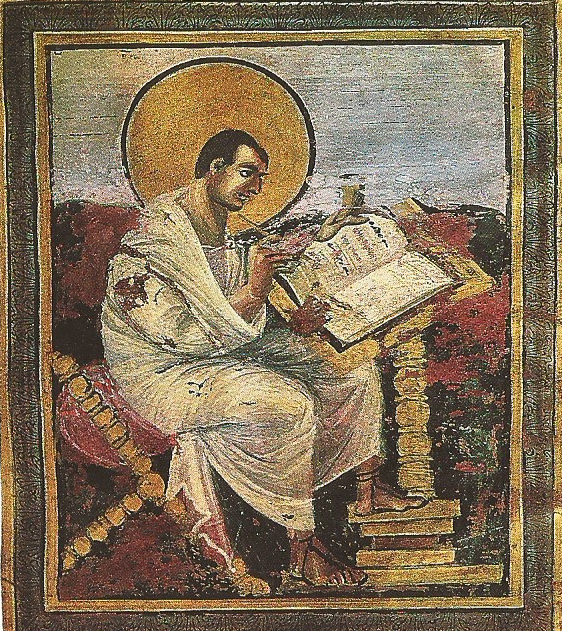Below, part of Gospel Fictions’ fifth chapter, “Miracles (II): The Fourth Gospel” by Randel Helms (ellipsis omitted):
The Fourth Gospel presents an understanding of miracles quite different from that in the Synoptics, and even uses a word for miracle—sign (semeion)—which the others explicitly reject. The understanding of “signs” in the Fourth Gospel, indeed the word itself, stems from the Septuagint: Moses “wrought the signs [semeia] before the people. And the people believed” (Ex. 4:30-31 LXX).
Mark 6:5 claims (though Matthew and Luke refuse to repeat the verse) that in cases of weak faith, Jesus “could work no miracle.” Nowhere in John is faith the precondition of miracle. In the Synoptics, faith precedes the miracle; in John, the miracle precedes faith. John’s uneasiness about miracle-engendered faith, blending uncomfortably with the conviction that this was the way Jesus chose to reveal himself, may lie behind the strange fact that there are so few miracles in the Fourth Gospel: seven, compared to twenty in Matthew and twenty-one in Luke. John’s way of accounting for the paucity of his miracle stories is to declare that he has written only a selection of a much larger number available to him:
There were indeed many other signs [semeia] that Jesus performed in the presence of his disciples, which are not recorded in this book. Those here written have been recorded in order that you may hold the faith that Jesus is the Christ, the Son of God, and that through this faith you may possess life by his name. (John 20:31-31)
The water made wine in Cana
An examination of the account of Elisha’s providing flour and oil in III Kings LXX reveals some direct verbal sources for the story of Jesus’ miracle at Cana.
One of the most puzzling aspects of this first miracle in the Fourth Gospel is Jesus’ rudeness to his mother: “Woman, what have I to do with you? [Ti emoi kai soi, gunai].” As has been seen before, the statement is here not a historical report but an antitype of Elijah: for the woman (gune) in need of food says to the prophet, “What have I to do with thee? [ti emoi kai soi]” (III [I] Kings 17:18 LXX).
 (Archaeologists at modern-day Cana found pieces of stone jars, including the one shown here, that date to the time of Jesus and appear to be the same type of jar mentioned in the water-to-wine story.)
(Archaeologists at modern-day Cana found pieces of stone jars, including the one shown here, that date to the time of Jesus and appear to be the same type of jar mentioned in the water-to-wine story.)
But as it happens, Elijah’s miracle provides flour, not wine. Why the change?
It appears that this miracle story in the Fourth Gospel was not only mediated through the story of Moses, where it picked up the concept of “sign,” before it reached John; it also went through one other transformation, influenced by the mythology of Dionysius. As Bultmann has pointed out:
On the festival day of Dionysus the temple springs at Andros and Teos were supposed every year to yield wine instead of water. In Elis on the eve of the feast, three empty pitchers were put into the temple and in the morning they were full of wine.
In other words the miracle story had an extensive history before it reached the author of the Fourth Gospel. Neither he nor anyone he knew attended a wedding at Cana-in-Galilee at which Jesus provided a hundred and twenty gallons of wine to those who had already drunk so freely they had exhausted the day’s provisions; the story is fiction and has a clearly traceable literary lineage.

One reply on “Gospel Fictions, 5”
The rest of Helm’s chapter examines the following Johannine miracle stories: the healing of the nobleman’s son, the healing of the crippled man at Jerusalem, the healing of the man born blind, and the supreme sign: the raising of Lazarus.
Helm’s quotation of Rudolf Bultmann could not be fully appreciated by those unfamiliar with modern New Testament studies and what is called the “first quest for the historical Jesus.”